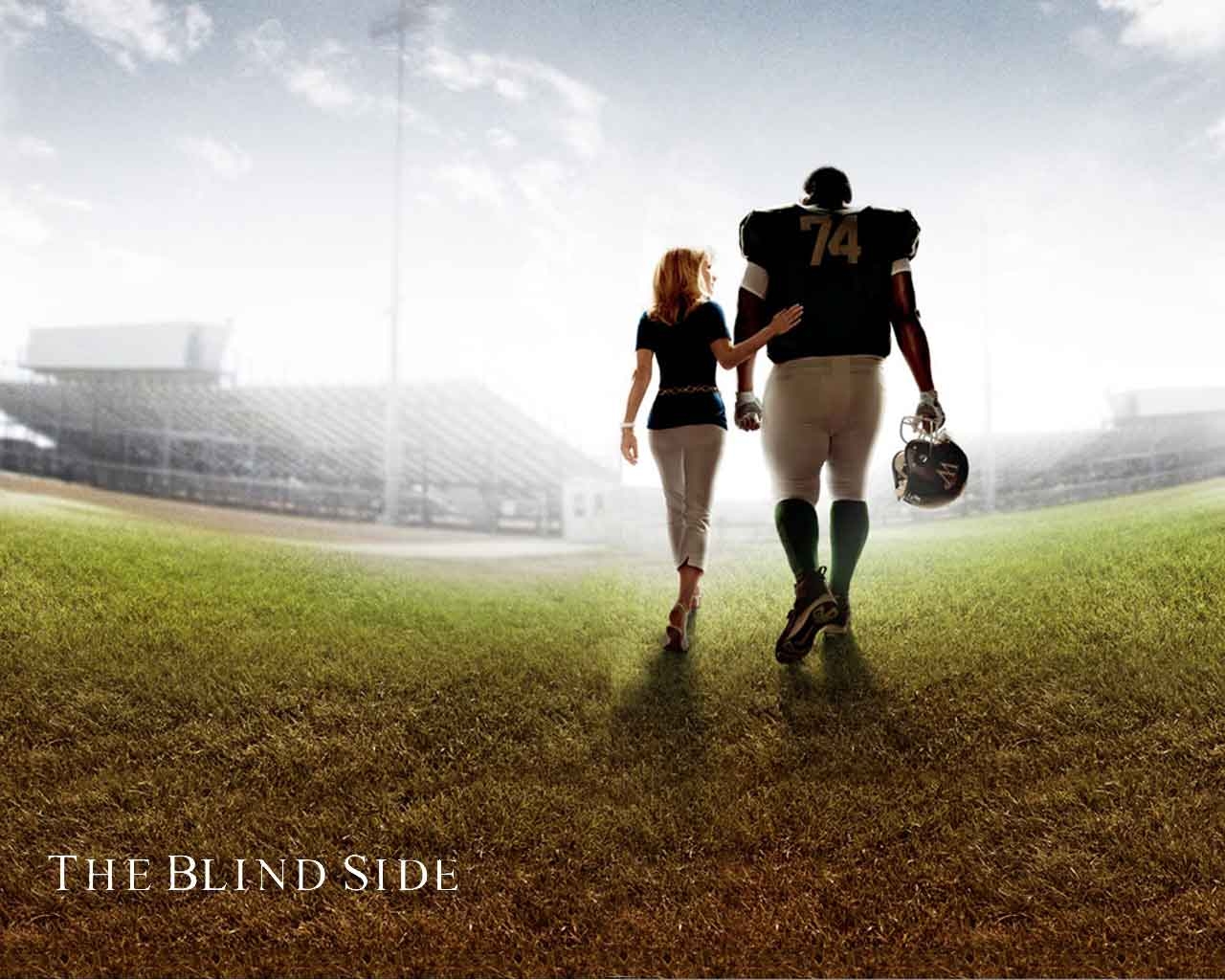Blind side images have become a compelling topic in both visual arts and psychology, capturing the essence of perspectives often overlooked. In this article, we will delve into what blind side images are, their significance in various fields, and how they influence our understanding of perception and reality. By the end, you will have a deeper appreciation for this intriguing concept and its applications.
The world of images is vast, and among the myriad styles and techniques, blind side images stand out for their ability to evoke emotion and challenge perceptions. These images often represent situations or perspectives that are not immediately visible or are hidden from our direct line of sight. Understanding this concept can greatly enhance your interpretation of art and visuals in everyday life.
Join us as we explore the intricacies of blind side images, providing you with insights backed by research and expert opinions. Whether you are an artist, a photographer, or simply someone curious about the world of imagery, this guide is tailored for you. Let's embark on this enlightening journey!
Table of Contents
- What Are Blind Side Images?
- Historical Overview of Blind Side Images
- Psychological Impacts of Blind Side Images
- Blind Side Images in Art
- Photography Techniques for Capturing Blind Side Images
- Blind Side Images in Media
- Case Studies on Blind Side Images
- Conclusion
What Are Blind Side Images?
Blind side images refer to visuals that capture elements or perspectives that are not immediately apparent to the viewer. These images often challenge the way we perceive reality, drawing attention to aspects that might be overlooked. In various contexts, blind side images can evoke strong emotional responses, prompting viewers to reconsider their understanding of a situation.
Characteristics of Blind Side Images
- Subtlety: Often, the most impactful elements are subtly integrated into the image.
- Perspective: Capturing a unique viewpoint that deviates from the norm.
- Emotion: Evoking feelings through hidden narratives.
Historical Overview of Blind Side Images
The concept of blind side images is not new. Throughout history, artists have explored themes of perception and reality. From the surrealist movement to contemporary photography, the manipulation of perspective has been a powerful tool for expression.
Notable artists such as Salvador Dalí and René Magritte utilized blind side imagery to challenge viewers' perceptions. Their works often contained elements that forced observers to look deeper into the narrative, revealing hidden stories.
Psychological Impacts of Blind Side Images
Research indicates that blind side images can significantly affect viewer psychology. They stimulate curiosity and invite introspection, encouraging audiences to engage with the content on a deeper level.
Role of Emotion in Blind Side Images
Emotions play a crucial role in how we interpret blind side images. Studies have shown that images that evoke an emotional response can lead to greater retention and understanding of the content.
Blind Side Images in Art
In the realm of art, blind side images are prevalent. Artists use various techniques to create depth and intrigue, often embedding layers of meaning within their work. The interplay of light, shadow, and perspective can transform a seemingly ordinary scene into a complex narrative.
Techniques Used by Artists
- Chiaroscuro: The use of strong contrasts between light and dark to create depth.
- Framing: Using surrounding elements to direct the viewer's attention.
- Symbolism: Incorporating symbols that may not be immediately recognizable.
Photography Techniques for Capturing Blind Side Images
Photographers employ various techniques to create blind side images that provoke thought and emotion. Understanding these techniques can enhance one's ability to capture compelling visuals.
Essential Photography Techniques
- Use of Depth of Field: Blurring the background to emphasize the subject.
- Unconventional Angles: Shooting from unique viewpoints to reveal hidden aspects.
- Timing: Capturing moments that tell a story beyond the immediate scene.
Blind Side Images in Media
In media, blind side images play a pivotal role in storytelling. News articles, documentaries, and advertisements often utilize these images to convey messages that resonate with audiences.
Impact on Audience Perception
By incorporating blind side images, media creators can influence public perception and awareness of various issues. This technique can be particularly effective in social and political contexts, where images can evoke empathy and understanding.
Case Studies on Blind Side Images
Several case studies illustrate the power of blind side images in various contexts. For example, a recent campaign focused on environmental conservation used blind side imagery to highlight the often-overlooked consequences of pollution.
Analysis of Effective Campaigns
- Campaign A: Used hidden imagery to reveal the impact of plastic waste on marine life.
- Campaign B: Highlighted social issues through powerful, unseen narratives.
Conclusion
Blind side images hold a unique place in the world of art, photography, and media. They encourage viewers to look beyond the surface and engage with the deeper narratives hidden within visuals. By understanding and appreciating this concept, we can enhance our critical thinking and interpretative skills.
We invite you to share your thoughts on blind side images. Have you encountered any visuals that changed your perspective? Leave a comment below and join the conversation!
Call to Action
If you enjoyed this article, consider sharing it with friends or exploring more about the fascinating world of visual arts. Your feedback is invaluable to us, and we look forward to bringing you more insightful content in the future!


